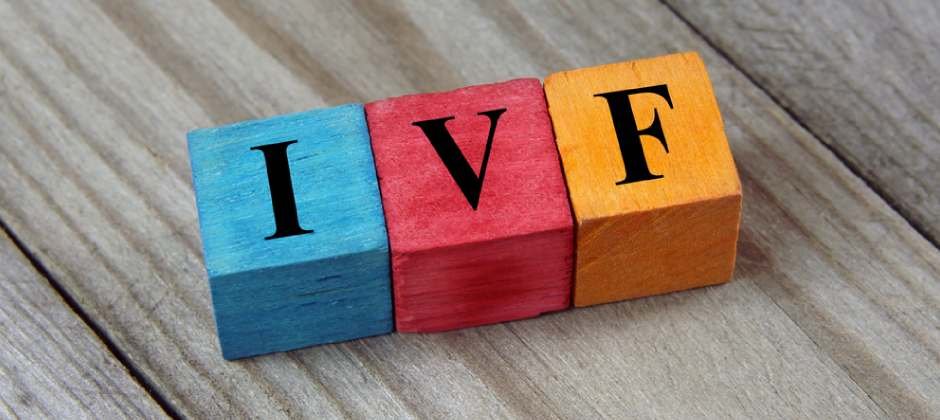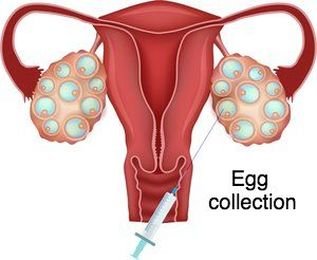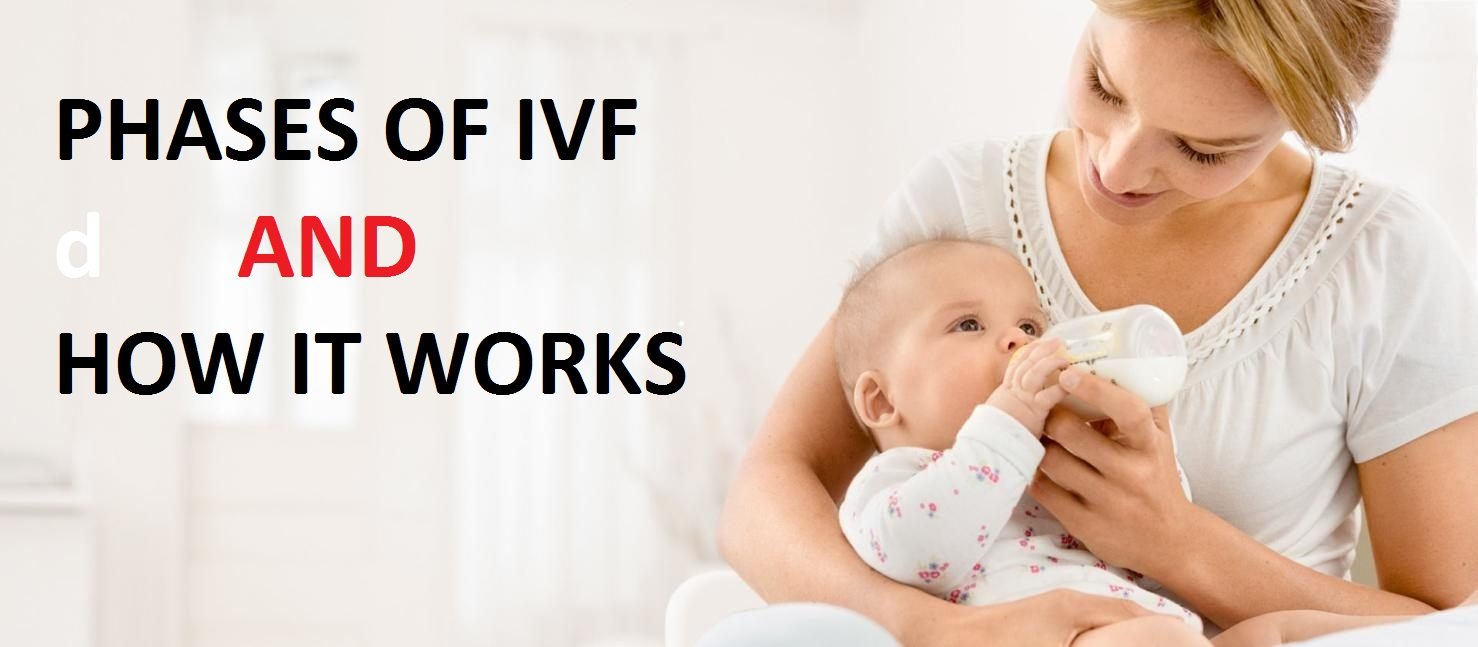Phases of IVF and How it Works
- 1502 Views
- Dr Martha Kuruga
- 6th January 2020
- Health IVF Treatment
IVF is the most effective, quotidian, and the final infertility treatment in the world. This treatment is carried out only by the experts to the couples who can’t conceive pregnancy naturally. Kenya is a country which is famous for IVF treatment. There are many hospitals like Wings IVF Hospital which provides the best IVF treatment in Kenya. This hospital is centrally located in Kenya and has 4 centres in India. Wings IVF at NEPHROMED Nairobi provides comprehensive fertility care with the best quality and holistic approaches to women of Kenya. The hospital has a team of deft and professional who has exceptional knowledge in this field and that’s why they provide the best IVF treatment in Nairobi Kenya. The hospital not only meets the physical needs of the women but also provides emotional support to each woman and her family.
In this article, we are going to discuss different phases of IVF and how they work.
Who needs IVF treatment?

The patients who are suffering from the below-mentioned conditions are eligible for IVF.
advanced maternal age
Blocked fallopian tubes
Unexplained infertility issue
Severe male infertility problem
Genetic factors
Ovulatory dysfunction
Endometriosis or cyst
Phases of IVF
A complete IVF cycle holds various phases.
Pituitary suppression:
In a normal menstruation cycle, pituitary gland hormones like luteinising hormone (LH) and follicle-stimulating hormone (FSH) are responsible for the growth of an egg in the ovary. Though there are several follicles in a natural cycle, still, only one will become mature enough to produce the eggs. But on the other hand, in an IVF cycle, several eggs need to be matured simultaneously. To prevent a premature LH surge from triggering early release of these eggs, a gonadotropin-releasing hormone (GnRH) agonist is applied which will temporarily turn off your own LH and FSH secretion. These medications can be used at various stages of the IVF cycle.
Ovulation stimulation and monitoring:
In an IVF cycle, medications are used so that the ovaries can develop multiple follicles, therefore, multiple eggs. When the eggs have matured enough, a Human Chorionic Gonadotropin (HCG) injection is used for their removal. The experts prepare the timing of this shot carefully as it dictates when they need to perform the next step (the retrieval).
Egg retrieval and semen collection:

Once the eggs have matured, they are removed from your ovaries by using ultrasound-guided follicle aspiration. The fertility experts remove the mature eggs by using a needle that is placed through the vaginal wall into each follicle in the ovaries. After the egg retrieval process, the patients are prescribed with some medications (progesterone) that will support the development of the endometrium (lining of the uterus). This process helps embryo transfer. Simultaneously, your partner is asked for his semen sample on the day of your procedure.
Egg fertilization and embryo development:
Now, the sperm sample is prepared by washing. Once the debris is removed, it is then added to the eggs after a few hours of retrieval. For signs of fertilization, the eggs are examined the next day. It is to be mentioned that not every egg that fertilises will go on to form a good-quality embryo. Now, the fertilised eggs are kept in the incubator for another 48 hours. If the sperm quality is low, your doctor will suggest you go for Intracytoplasmic Sperm injection as a part of your treatment plan.
Embryo transfer:

after 2-5 days of egg retrieval, the fertilised eggs (embryos) are transferred to the uterus by using a fine plastic tube. There are some steps for embryo transfer.
Chosen embryos are loaded into a catheter which is passed through the cervix, into the uterus and released carefully and gently.
The catheter is then removed. After that, the doctors usually check under the microscope to ensure that no embryos remain.
Some couples have extra embryos which are suitable for freezing (vitrification).
There are some side effects of embryo transfer like a uterine infection, cervical bleeding, cramps, backache, miscarriage and tubal pregnancy.
Luteal phase:
Luteal phase is the two weeks between the embryo transfer and pregnancy test. Don’t engage yourself with any activity for 24 hrs. after the transfer. You may feel cramping, nausea, bloating and tiredness due to progesterone medicines that you are prescribed after egg retrieval. You may face vaginal spotting or bleeding before your pregnancy test. This is quite common, so don’t worry about it.
Follow up and pregnancy test:
the pregnancy test is conducted after 14 days of embryo transfer. You should take care of yourself during these 14 days to prevent anxiety and overexcitement.
This is the whole process of IVF. The success rate of IVF is high in Kenya (80-85% for women who are below 35 years) as compared to other countries. The cost of IVF in Kenya ($3300) is much lower as compared to other developed nations
- Agriculture1
- Air Monitoring Equipment1
- BIM Services1
- blog2
- Business5
- Coaching centre and institute2
- Composite decking1
- Crane Manufacturer2
- Deck Builder1
- Drone rental1
- Environmental Monitoring Equipment1
- Financial Services13
- Gas monitoring equipment3
- Health14
- Insurance10
- IVF Treatment1
- Law Firm1
- Legal Services2
- Manufacture2
- Manufacturing10
- Marble and Granite1
- Marine Equipements1
- Natural Health Food1
- NDIS3
- Online yoga classes3
- Oregano oil9
- packaging manufacture1
- Real Estate9
- Real Estates2
- Solar Panel Manufacturing1
- Travel2
- Uncategorised8
- Uncategorized119
- Yoga1
- 12th February 2024
Safeguarding Your Assets: Insurance Essentials for Indians
- 7th February 2024
Importance of Estate Planning in India
- 2nd February 2024
The Benefits of Using High-Quality Guide Bars
- 29th January 2024


